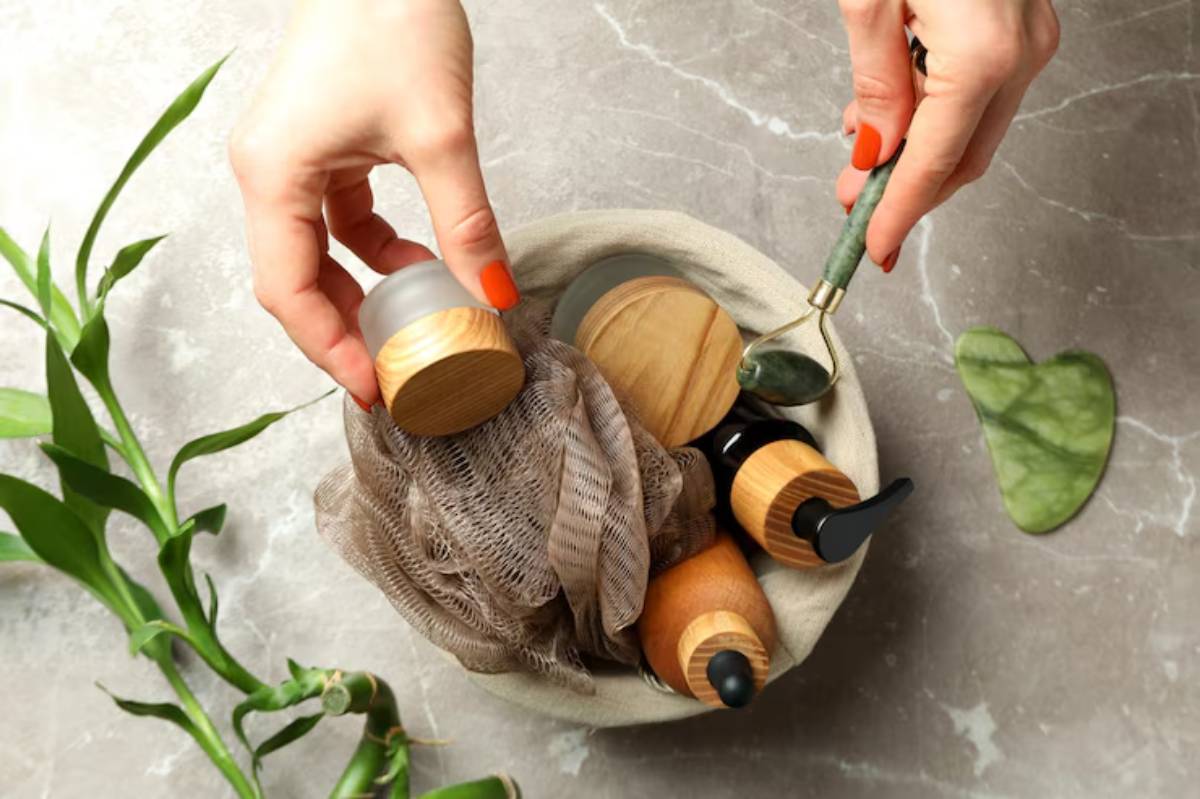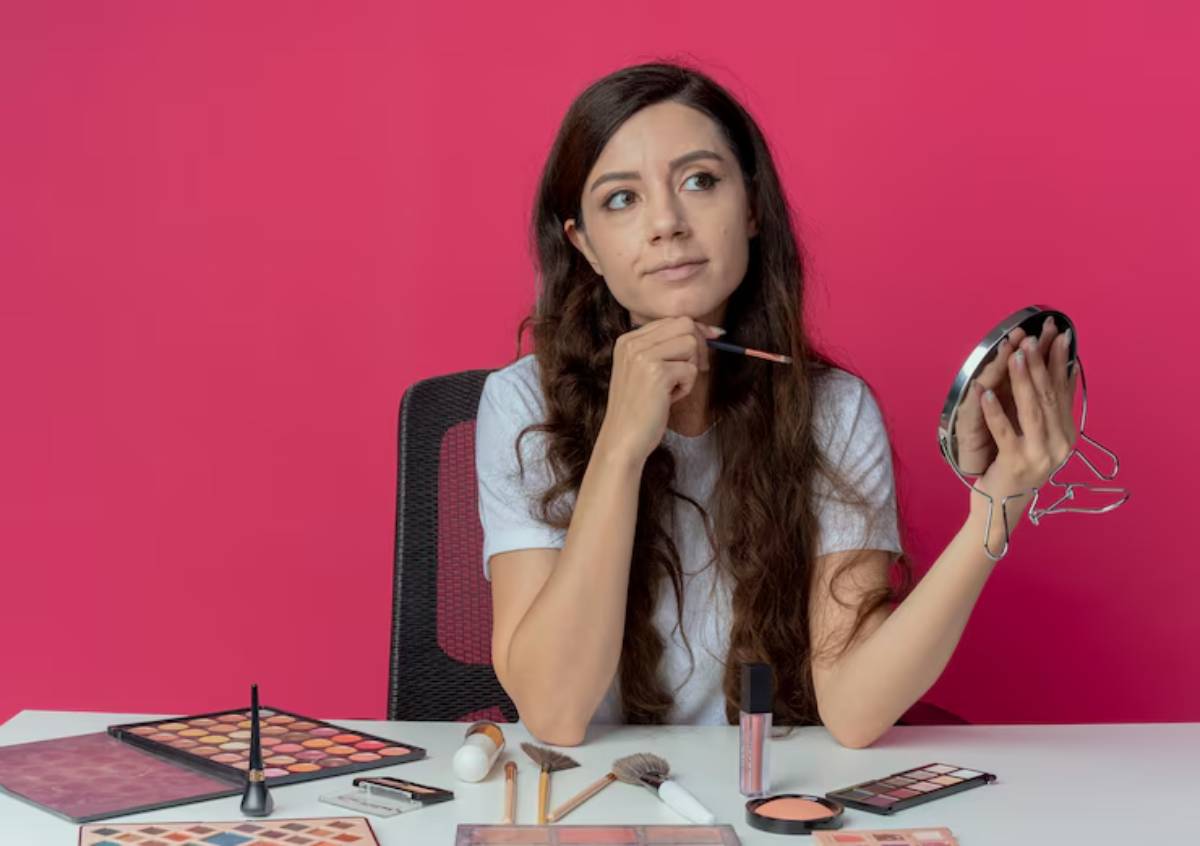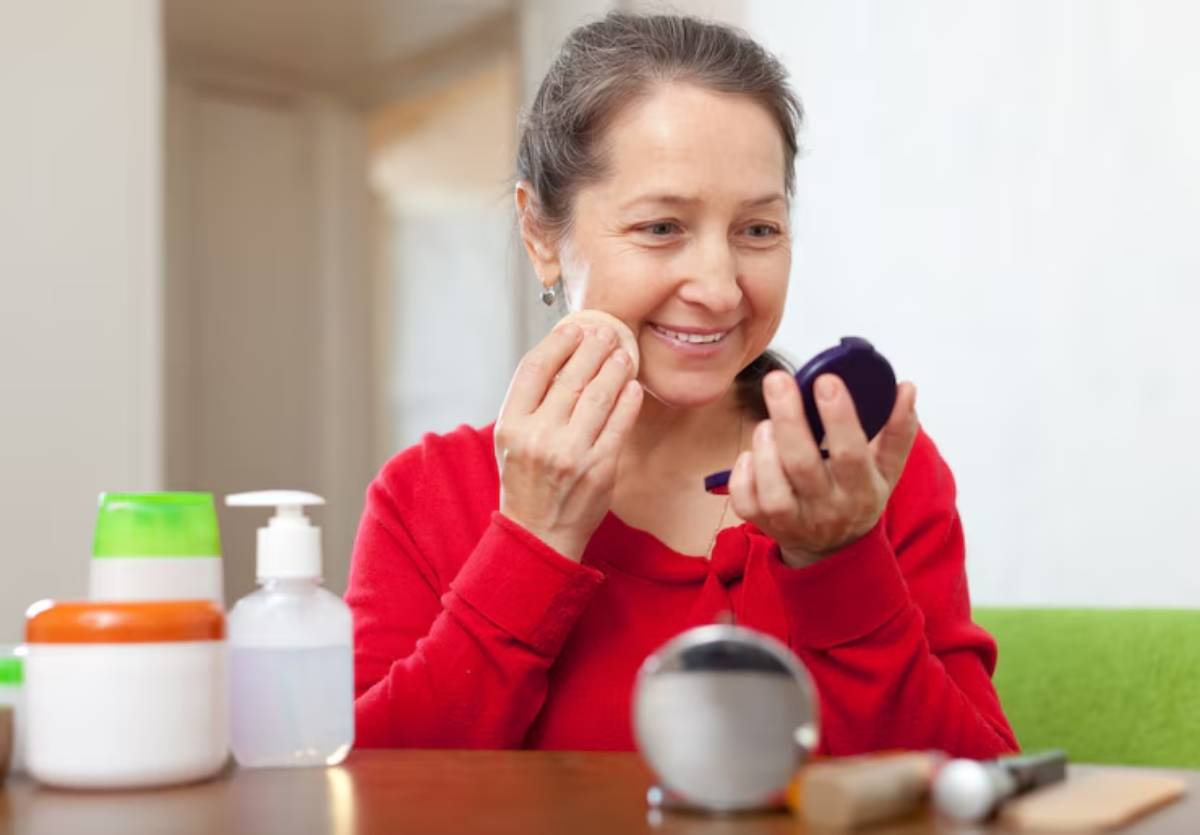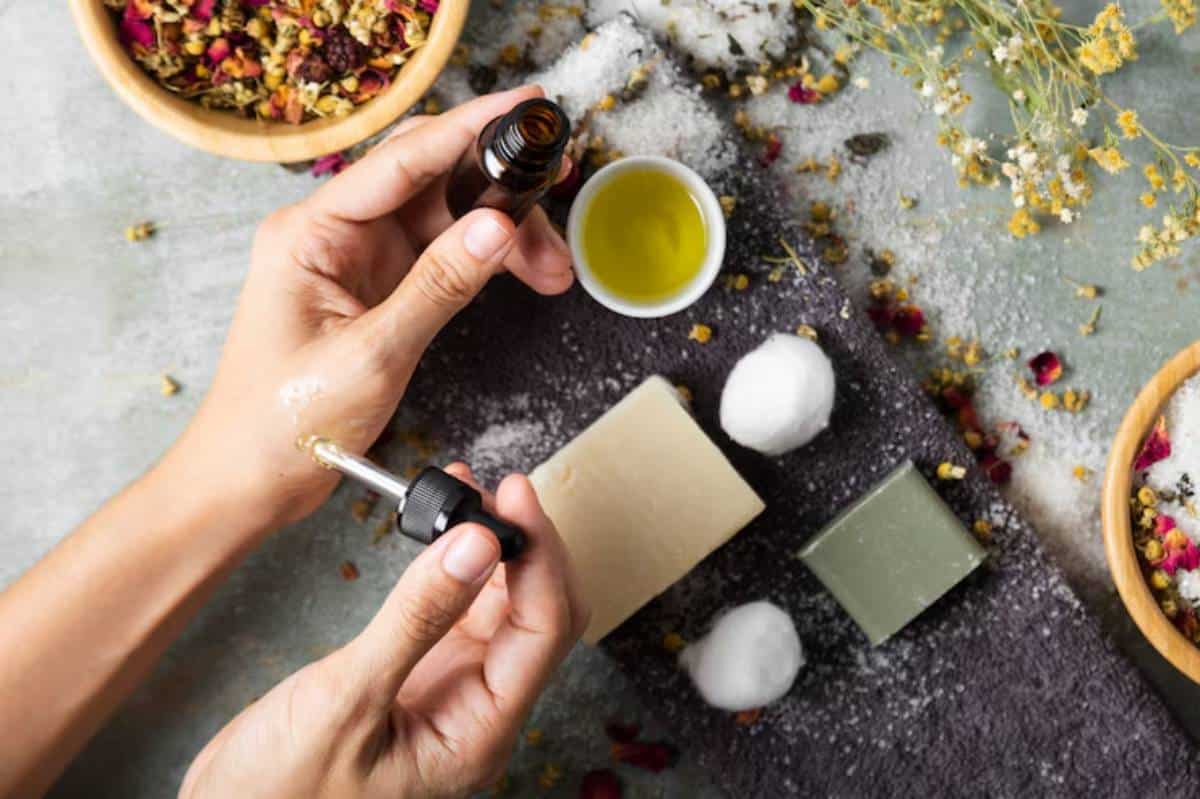
How to DIY Your Own Natural Skincare Products
The beauty industry is booming, but so are prices, and concerns about synthetic ingredients. If you’ve ever flipped a bottle of moisturiser only to be confused (or alarmed) by the ingredient list, you’re not alone. More people are turning to natural, homemade skincare to take control of what they put on their skin. But does DIY beauty actually work?
In this guide, we’ll explore how to make your own natural skincare products at home. From masks and scrubs to toners and oils, you’ll discover how to build a routine that’s affordable, customisable, and clean, without compromising results.
Understanding the Core: Why DIY Skincare Is Growing in Popularity
Interest in homemade skincare isn’t just a TikTok trend—it’s part of a broader shift toward ingredient transparency, sustainability, and affordability.
Why It Matters:
- Control over ingredients: You know exactly what’s going on your skin.
- Customisable formulas: Tailor your products to your skin’s unique needs.
- Budget-friendly: Many homemade skincare recipes use items already in your kitchen.
- Eco-conscious: DIY cuts down on single-use plastics and unnecessary packaging.
Expert Insight
Dermatologists often advise caution with DIY, not because it’s ineffective, but because not all ingredients are suited for all skin types. For example, lemon juice can irritate sensitive skin, and undiluted essential oils can cause allergic reactions. The goal is to use well-researched, gentle ingredients in safe combinations.
Pro Tip: Create a “batch log” that lists your DIY recipes, ingredient sources, and results. This helps you track what works—and avoid repeats of what doesn’t.
Quick-Reference Summary: Natural Skincare DIY Tips
- Choose ingredients based on your skin type
- Use clean, sterilised containers and tools
- Patch test every new product before full use
- Make small batches to ensure freshness
- Store products in cool, dark places
- Label and date every product
- Research ingredients carefully—natural isn’t always gentle
- Avoid known irritants like undiluted citrus, raw egg, or cinnamon
- Introduce new items one at a time to monitor results
- Use a simple, consistent routine before layering too many DIY products
Step-by-Step Guide: How to Practise Safe and Effective DIY Skincare
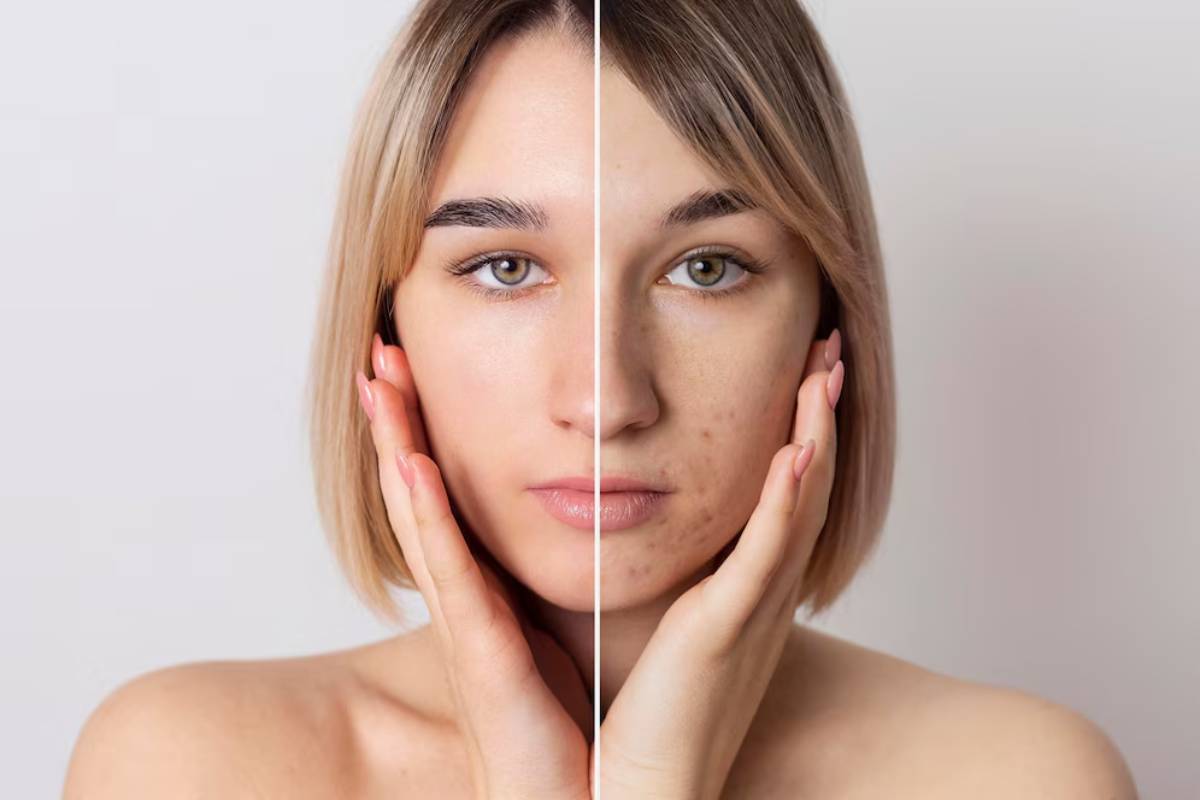
1. Know Your Skin Type
Start by identifying your skin’s baseline:
- Dry skin: Tightness, flakiness, dullness
- Oily skin: Shine, enlarged pores, acne
- Combination skin: Dry cheeks, oily T-zone
- Sensitive skin: Redness, irritation, stinging
- Normal skin: Balanced and low-reactive
This guides ingredient selection. For instance, aloe vera suits sensitive skin, while clay works well for oily types.
2. Clean and Prep Your Workspace
DIY skincare should be made in a clean area. Wash your hands and tools thoroughly. Sterilise jars by boiling them for 10 minutes and letting them dry fully before use.
3. Start with Simple Recipes
Don’t overwhelm yourself. Begin with one or two products you use often, like:
A) Oatmeal Honey Cleanser (for all skin types)
- 1 tbsp ground oats
- 1 tsp raw honey
- Mix with water to form a paste. Gently massage into damp skin, rinse after 1 minute.
B) Green Tea Toner (for oily or acne-prone skin)
- Brew green tea and let it cool
- Add 3–5 drops of tea tree oil (optional)
- Store in a spray bottle in the fridge for up to 7 days
C) Coconut Sugar Lip Scrub
- 1 tsp coconut oil
- 1 tsp brown sugar
- Gently rub on lips for 30 seconds, then wipe off with a damp cloth
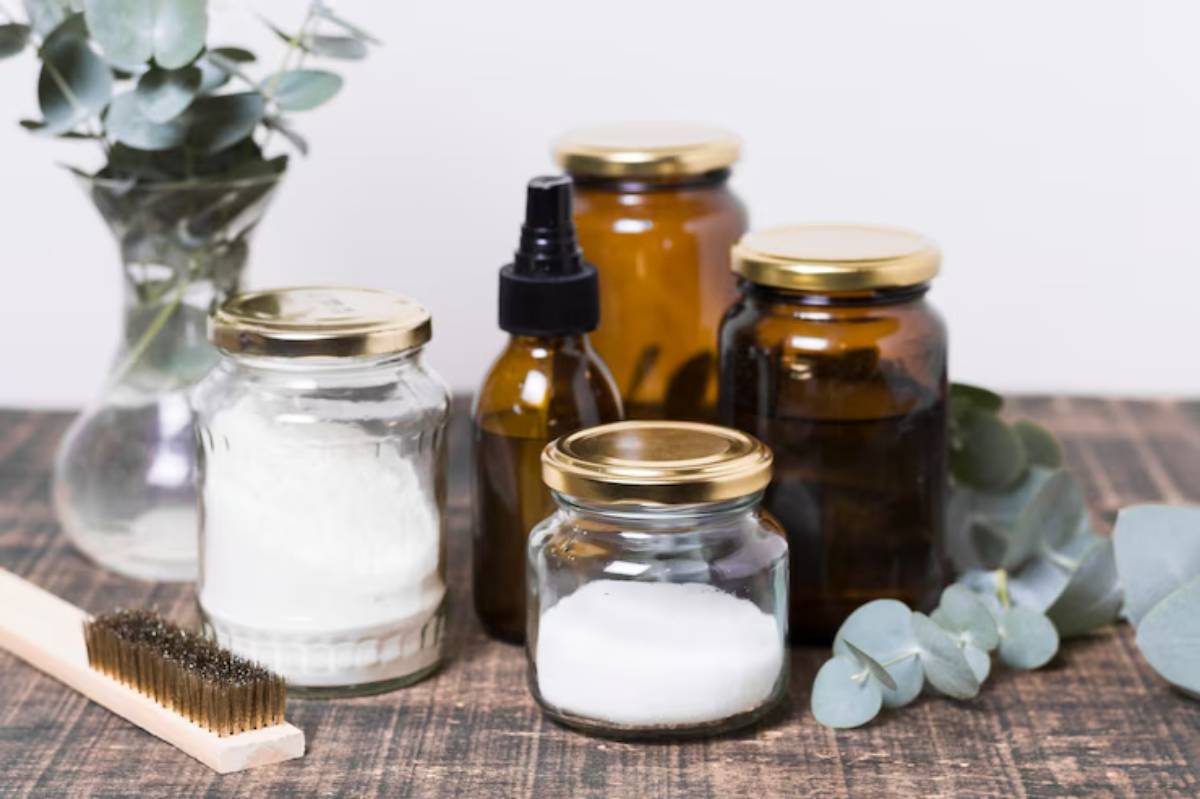
4. Store Smart
Use glass jars or BPA-free containers. Keep DIY skincare refrigerated (especially masks and toners). Most products last up to one week, without preservatives, natural ingredients degrade quickly.
5. Apply and Monitor
Introduce one product at a time and give it a few days before adding another. Watch for any signs of redness, irritation, or breakouts.
Best Practices & Additional Insights
Match Ingredients to Your Goals
| Goal | Ingredients |
| Hydration | Honey, aloe vera, glycerin |
| Brightening | Turmeric, yoghurt, papaya |
| Acne control | Green tea, tea tree oil, witch hazel |
| Exfoliation | Sugar, ground oats, coffee grounds |
| Oil control | Bentonite clay, apple cider vinegar |
Choose the Right Base Oils
- Jojoba oil: Great for all skin types
- Argan oil: Excellent for dry or mature skin
- Grapeseed oil: Lightweight and ideal for oily skin
- Coconut oil: Antibacterial but can clog pores—use sparingly
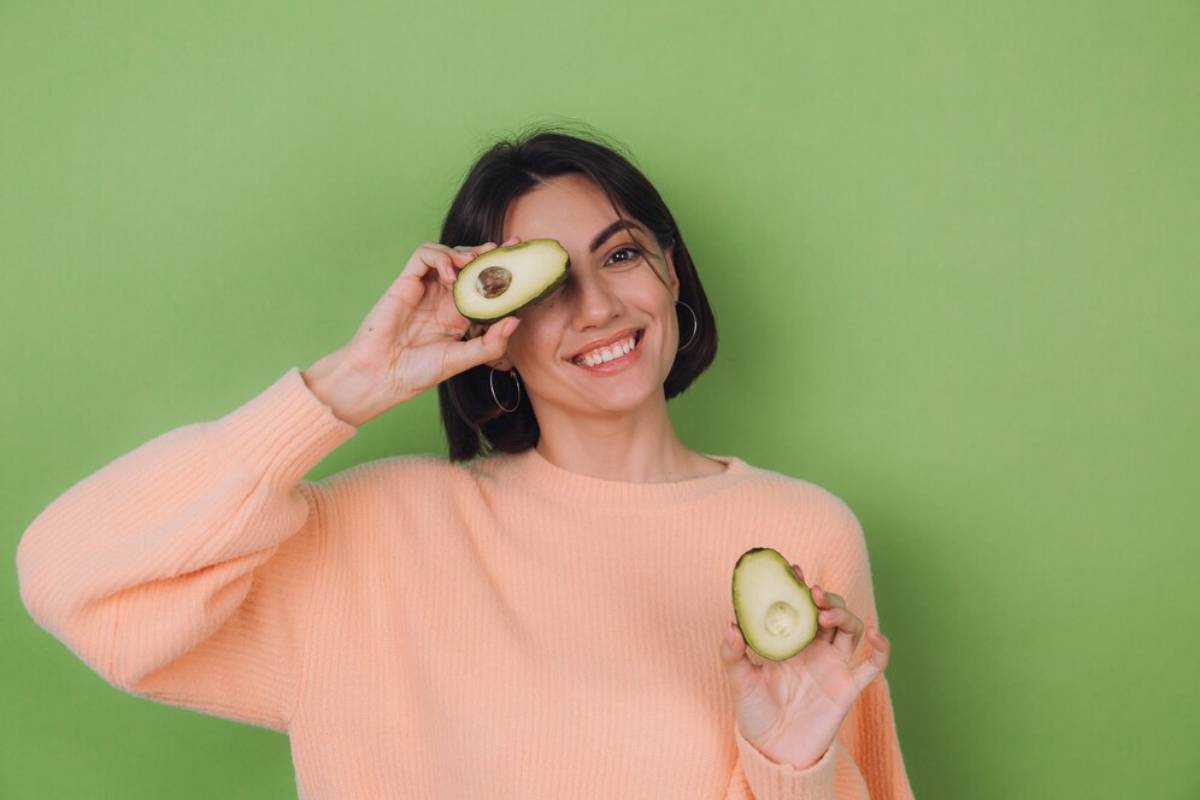
Embrace Kitchen Staples with Caution
Yes, —but not all pantry items belong on your skin. Avoid raw egg, baking soda, and lemon unless used in diluted, dermatologist-approved recipes.
FAQs
1. Is DIY skincare better than store-bought?
Not necessarily—it depends on the ingredients and your skin. DIY gives you control and simplicity, but store-bought products often include stabilisers and tested actives for consistency and safety.
2. How long do homemade skincare products last?
Most last between 5–10 days when stored properly. If it smells off, changes colour, or separates unnaturally, discard it.
3. Can I use essential oils in my recipes?
Yes, but dilute them first. Mix essential oils with carrier oils like jojoba or grapeseed at no more than 1–2% concentration.
4. Do I need to sterilise containers?
Absolutely. Contamination can cause mould and bacteria, especially in water-based products.
5. Can DIY products help with acne?
Yes—ingredients like tea tree oil, clay, green tea, and aloe vera have proven benefits. However, severe acne may require professional treatment.
Wrapping Up: Build Your Own Clean Skincare Routine, One Jar at a Time
DIY skincare offers more than savings—it’s a way to reconnect with your skin, simplify your routine, and become a more conscious consumer. With a few quality ingredients and a safe, thoughtful approach, you can build a custom skincare collection that suits your needs—and your values.
